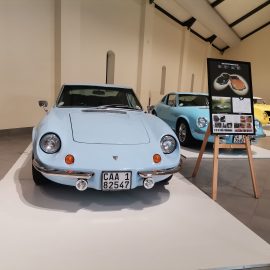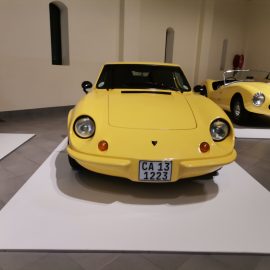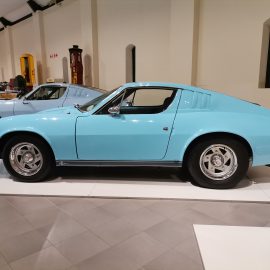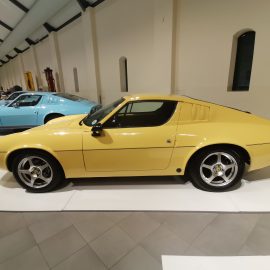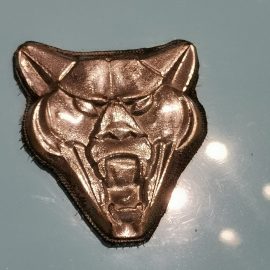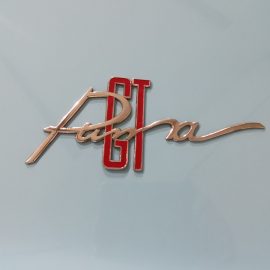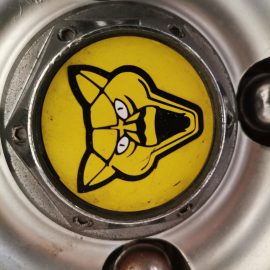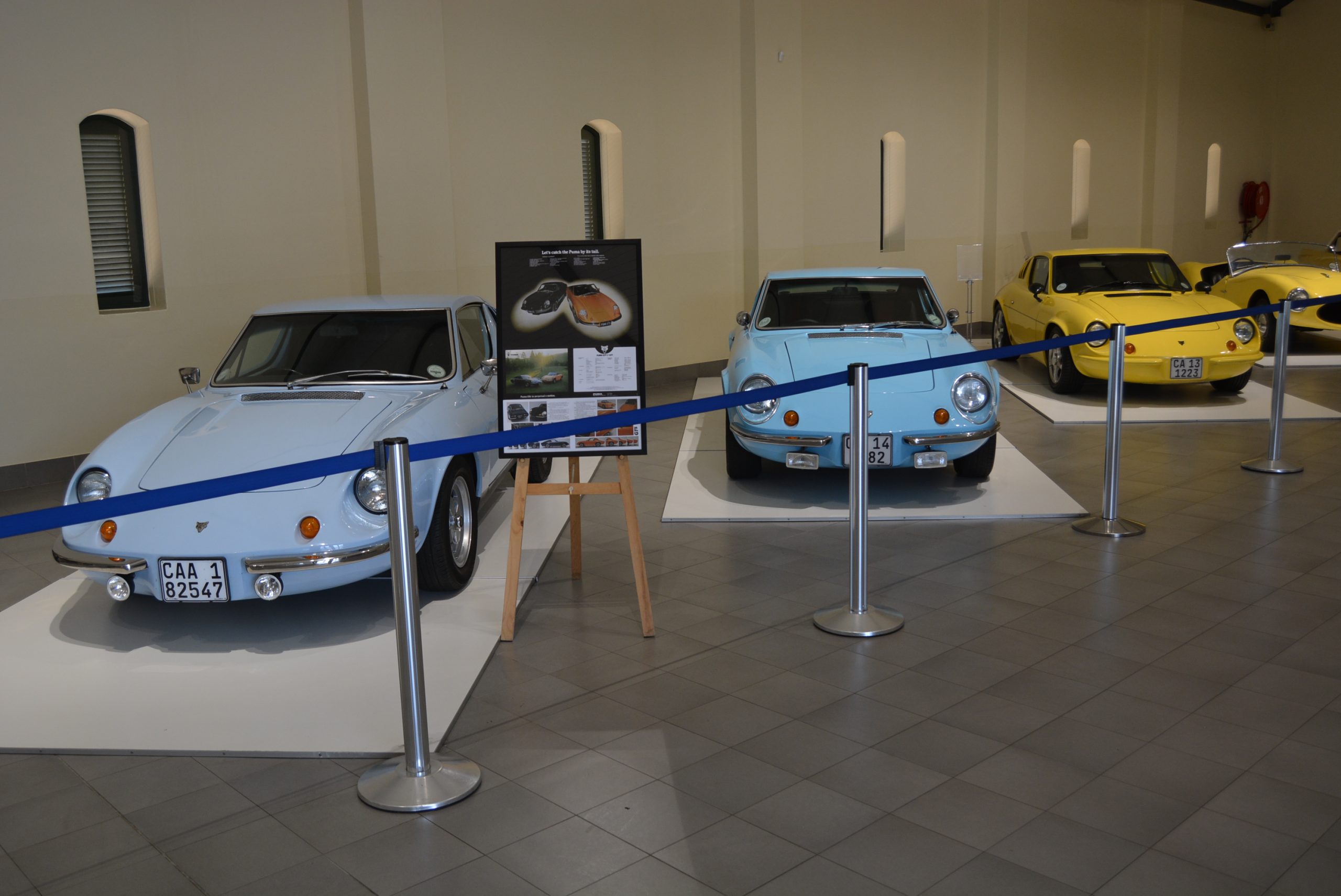
04 Sep FMM Joins Puma in Celebrating 50 in SA
FMM is joining in the celebration of the Puma sports car coming to SA 50 years ago, and enthusiast Pieter du Toit gives the background to an almost forgotten make in South Africa…
The production of Puma sports cars in South Africa started in 1973 after Vic Borcherd’s visit to Brazil, where he first saw the Puma. He liked the car so much that he imported a 1972 model, before obtaining a production licence to build 250 Pumas in this country. Bromer Motor Assemblies was formed and a shipment of parts, tooling and the body mould arrived in Durban early in 1973 so that production could commence. The first 20 Pumas were assembled using imported parts, which included all the glass with the Puma logo, the all-black interior with pigskin vinyl, and Rodas magnesium rims.
As with Brazil, at the time South Africa was a fledgling motor industry and was subjected to strict local content control. This affected the local Puma build with the use of local glass, upholstery, seats, seat recliners and rims necessary to meet local content requirements. All the assembly was done under the constant supervision of Nelci Luciano Vieira from Puma Brazil.
In South Africa, the Puma was based on the VW Beetle, whereas in Brazil it was based on the Karmann Ghia model. This change was due to only the Beetle being built in South Africa. Prior to the build starting, two Beetle chassis were shipped to Brazil allowing changes to be made to the body mould to accommodate the Beetle floor pan. On the second Beetle chassis, the body was raised +- 50 mm to accommodate taller South Africans…
In 1974 a new mould arrived from Brazil, starting the production of the ‘long door’ model. The door is slightly longer and opens 100 mm wider than the original. The long-door body was only produced in SA. I have a record of 20 of which five have been scrapped, and five of the 15 remaining are runners. Three are on show. Bromer developed a Puma rally car that took part in two Roof of Africa events, and a factory car raced at Killarney until motor sport was banned due to the fuel crisis
Bromer production continued until the end of 1975. The reason for production stoppage is multiple. The initial build order was successfully completed, VWSA stopped producing the Beetle, and the 1970’s fuel crisis made the availability of resin and paint very difficult. Puma at that stage was an expensive sports car considering it cost R3 996 when launched in 1973. In 1976, Jack Wijker took over the liquidated Bromer company and started supplying parts to Puma owners.
In 1980, Jack began marketing Puma under Puma Marketing Pty (Ltd) in Rivonia, where he started the second build of Puma in SA. The car was fitted with a quarter-glass behind the door and air vents on the engine lid, similar to the overseas GTE. At that stage, GTS models were imported. We have a record of two of these models. Later, GTIs and GTCs were imported as well. Records show one GTI and two GTCs. A third build of Puma in SA started 2006 in Babelegi and lasted until 2019. During this period, Jack kept the Puma dream alive worldwide by supplying parts and building a limited number of cars.
To celebrate Puma’s half-century, for the next three months FMM has a special display of a trio of cars in Hall B.




